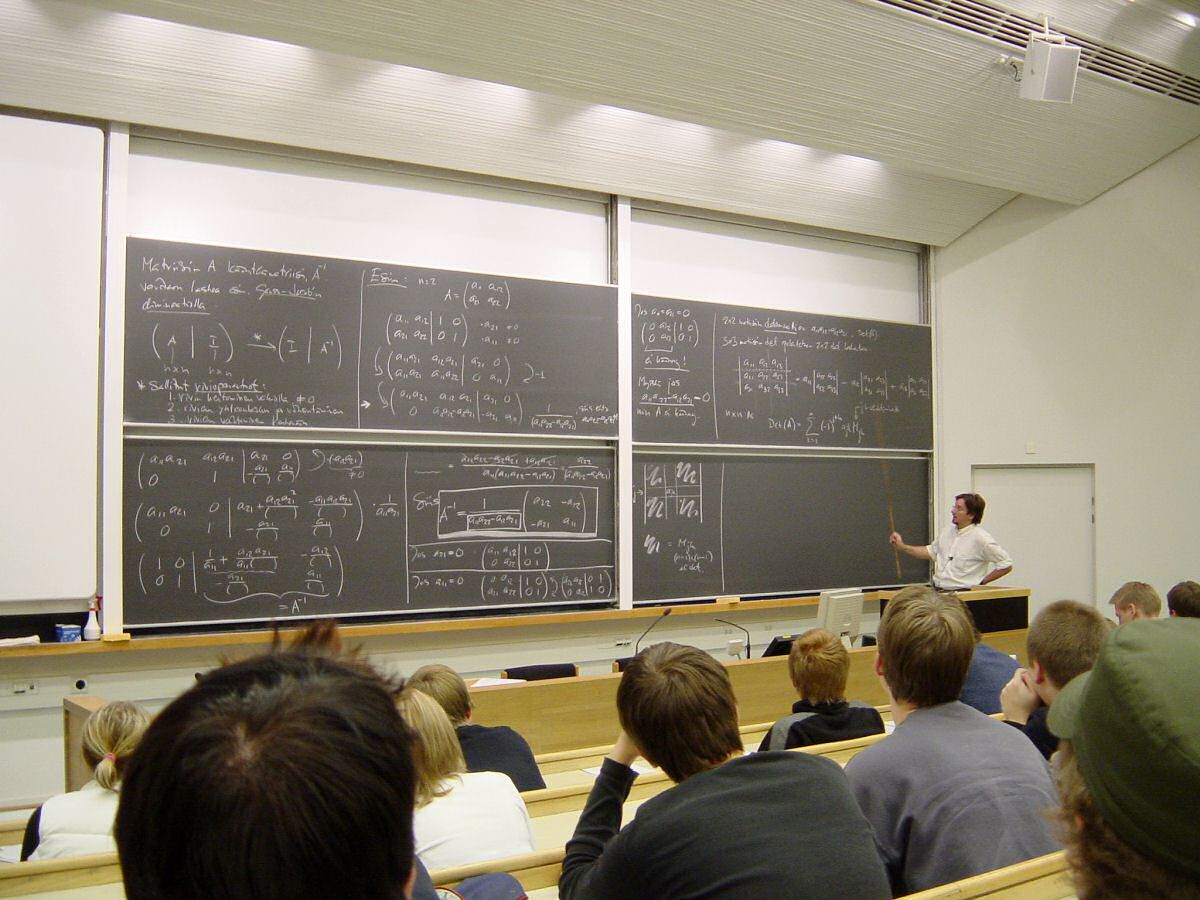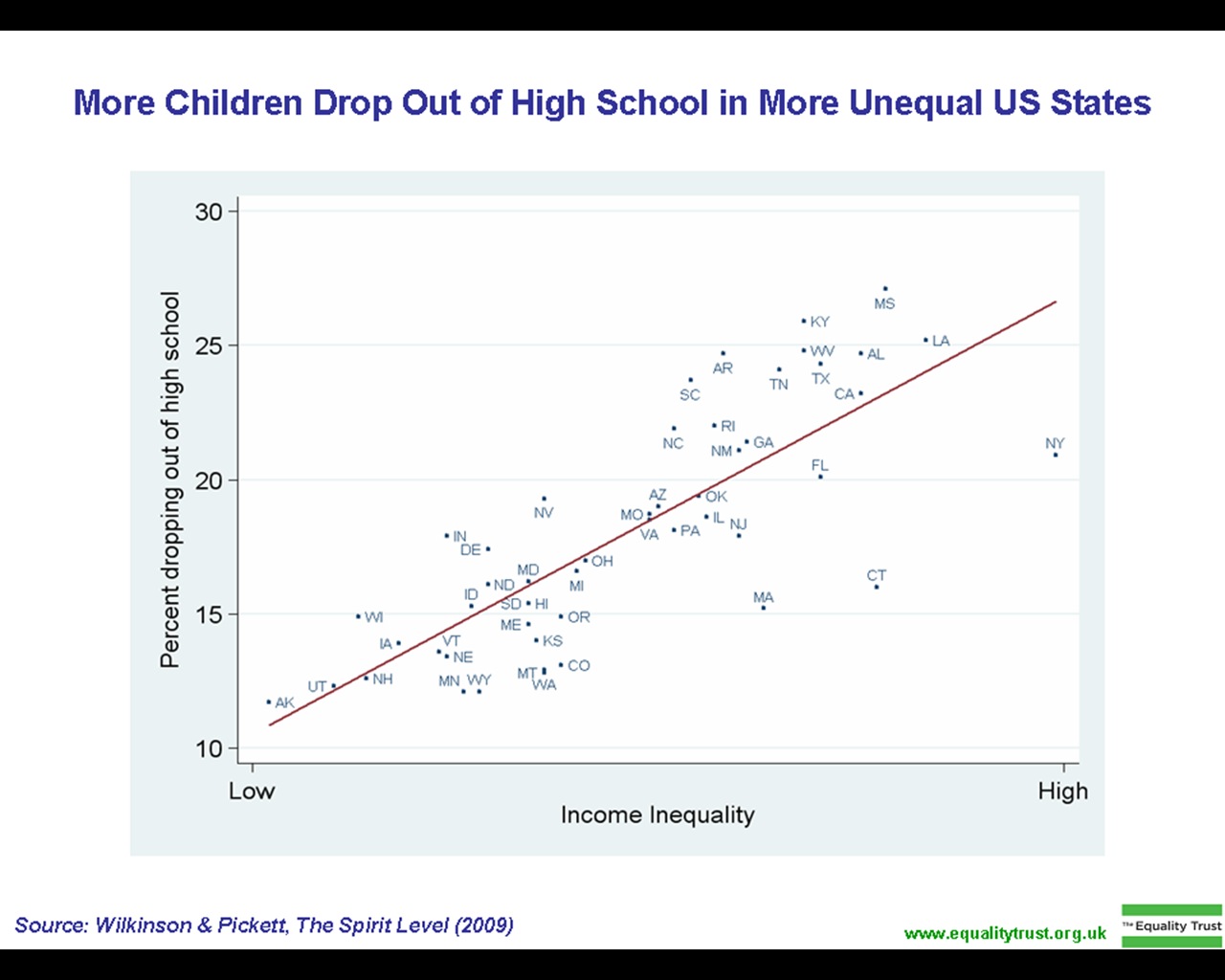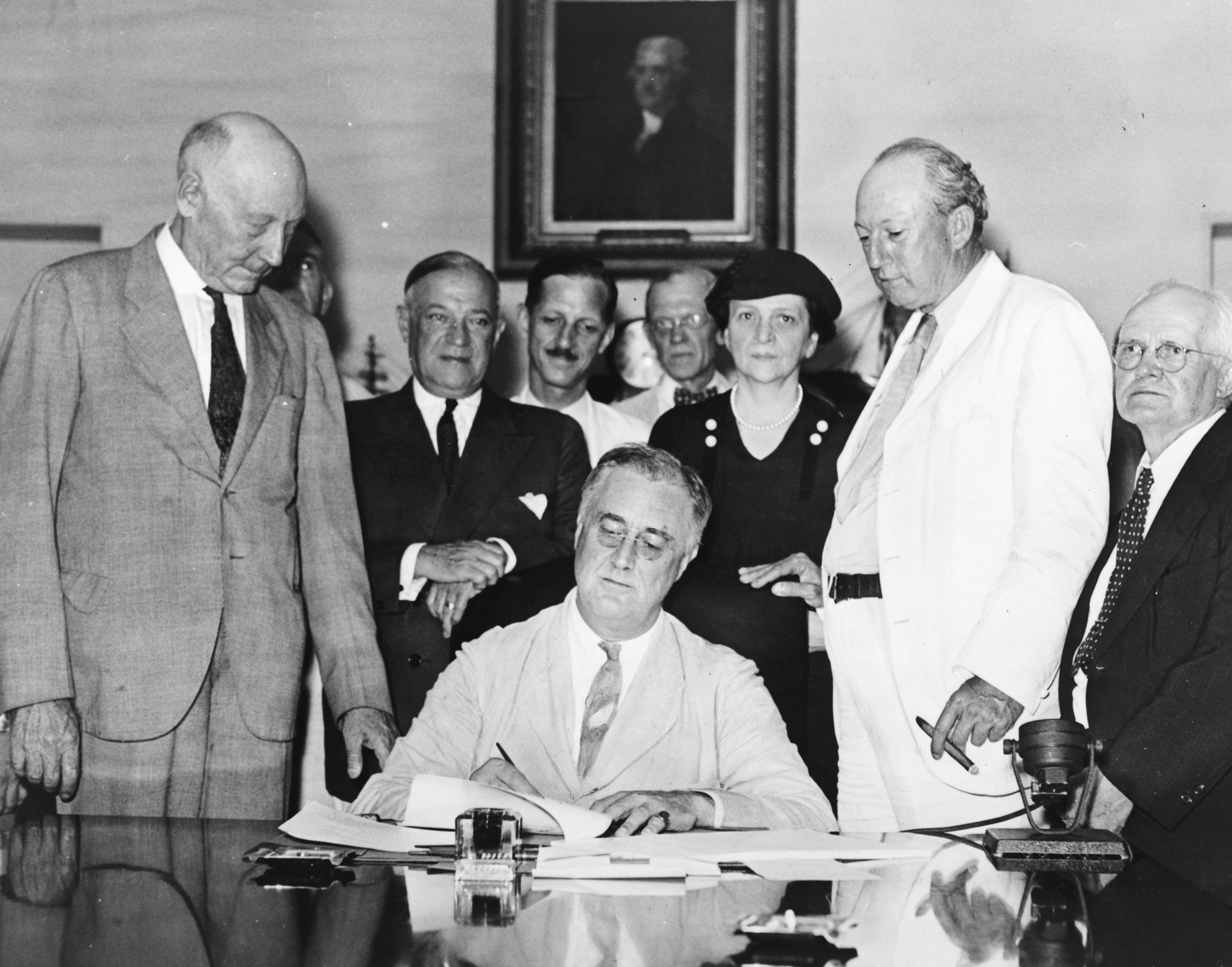|
Literacy Training Service
The Literacy Training Service (LTS) is one of three components of the National Service Training Program (NSTP), a civic education and defense preparedness program for higher and vocational education students in the Philippines. The LTS is "a program designed to train students to become teachers of literacy and numeracy skills to school children, out of school youth, and other segments of society". Graduates of the LTS become members of the National Service Reserve Corps, which may be tapped by the state for the delivery of literacy, civic welfare and disaster risk reduction programs and activities. See also *National Service Training Program * Civic Welfare Training Service *Reserve Officers' Training Corps (Philippines) Reserve Officers' Training Corps (ROTC) is one of three components of the National Service Training Program (NSTP), the civic education and defense preparedness program for higher and vocational education students in the Philippines. ROTC aims ... Refe ... [...More Info...] [...Related Items...] OR: [Wikipedia] [Google] [Baidu] [Amazon] |
|
|
National Service Training Program
The National Service Training Program (NSTP) is a civic education and defense preparedness program for students instituted by the government of the Philippines on November 13, 2009, by virtue of Republic Act No. 9163, otherwise known as the "National Service Training Program (NSTP) Act of 2001." Coverage Under the NSTP Program, both male and female college students of any bachelor's degree course or vocational education, technical vocational course in public or private higher educational institutions are obliged to undergo one of three program components for an academic period of two semesters. The students, however, are free to choose which particular program component to take. The three NSTP Program components are: * Civic Welfare Training Service (CWTS) :This program component is designed to provide students with activities contributory to the general welfare and betterment of life of the members of the community especially those developed to improve social welfare services. ... [...More Info...] [...Related Items...] OR: [Wikipedia] [Google] [Baidu] [Amazon] |
|
 |
Tertiary Education
Tertiary education (higher education, or post-secondary education) is the educational level following the completion of secondary education. The World Bank defines tertiary education as including universities, colleges, and vocational schools. ''Higher education'' is taken to include undergraduate and postgraduate education, while vocational education beyond secondary education is known as ''further education'' in the United Kingdom, or included under the category of ''continuing education'' in the United States. Tertiary education generally culminates in the receipt of Academic certificate, certificates, diplomas, or academic degrees. Higher education represents levels 5, 6, 7, and 8 of the ISCED#2011 version, 2011 version of the International Standard Classification of Education structure. Tertiary education at a nondegree level is sometimes referred to as further education or continuing education as distinct from higher education. UNESCO stated that tertiary education focu ... [...More Info...] [...Related Items...] OR: [Wikipedia] [Google] [Baidu] [Amazon] |
|
Vocational Education
Vocational education is education that prepares people for a skilled craft. Vocational education can also be seen as that type of education given to an individual to prepare that individual to be gainfully employed or self employed with requisite skill. Vocational education is known by a variety of names, depending on the country concerned, including career and technical education, or acronyms such as TVET (technical and vocational education and training; used by UNESCO) and TAFE (technical and further education). TVE refers to all forms and levels of education which provide knowledge and skills related to occupations in various sectors of economic and social life through formal, non-formal and informal learning methods in both school-based and work-based learning contexts. To achieve its aims and purposes, TVE focuses on the learning and mastery of specialized techniques and the scientific principles underlying those techniques, as well as general knowledge, skills and v ... [...More Info...] [...Related Items...] OR: [Wikipedia] [Google] [Baidu] [Amazon] |
|
|
Philippines
The Philippines, officially the Republic of the Philippines, is an Archipelagic state, archipelagic country in Southeast Asia. Located in the western Pacific Ocean, it consists of List of islands of the Philippines, 7,641 islands, with a total area of roughly 300,000 square kilometers, which are broadly categorized in Island groups of the Philippines, three main geographical divisions from north to south: Luzon, Visayas, and Mindanao. With a population of over 110 million, it is the world's List of countries and dependencies by population, twelfth-most-populous country. The Philippines is bounded by the South China Sea to the west, the Philippine Sea to the east, and the Celebes Sea to the south. It shares maritime borders with Taiwan to the north, Japan to the northeast, Palau to the east and southeast, Indonesia to the south, Malaysia to the southwest, Vietnam to the west, and China to the northwest. It has Ethnic groups in the Philippines, diverse ethnicities and Culture o ... [...More Info...] [...Related Items...] OR: [Wikipedia] [Google] [Baidu] [Amazon] |
|
 |
Literacy
Literacy is the ability to read and write, while illiteracy refers to an inability to read and write. Some researchers suggest that the study of "literacy" as a concept can be divided into two periods: the period before 1950, when literacy was understood solely as alphabetical literacy (word and letter recognition); and the period after 1950, when literacy slowly began to be considered as a wider concept and process, including the social and cultural aspects of reading, writing, and functional literacy. Definition The range of definitions of literacy used by Non-governmental organization, NGOs, think tanks, and advocacy groups since the 1990s suggests that this shift in understanding from "discrete skill" to "social practice" is both ongoing and uneven. Some definitions remain fairly closely aligned with the traditional "ability to read and write" connotation, whereas others take a broader view: * The 2003 National Assessment of Adult Literacy (USA) included "quantitativ ... [...More Info...] [...Related Items...] OR: [Wikipedia] [Google] [Baidu] [Amazon] |
 |
Numeracy
Numeracy is the ability to understand, reason with, and apply simple numerical concepts; it is the numerical counterpart of literacy. The charity National Numeracy states: "Numeracy means understanding how mathematics is used in the real world and being able to apply it to make the best possible decisions...It's as much about thinking and reasoning as about 'doing sums'". Basic numeracy skills consist of comprehending fundamental arithmetical operations like addition, subtraction, multiplication, and division. For example, if one can understand simple mathematical equations such as 2 + 2 = 4, then one would be considered to possess at least basic numeric knowledge. Substantial aspects of numeracy also include number sense, operation sense, computation, measurement, geometry, probability and statistics. A numerically literacy, literate person can manage and respond to the mathematical demands of life. By contrast, innumeracy (the lack of numeracy) can have a negative impact. Nume ... [...More Info...] [...Related Items...] OR: [Wikipedia] [Google] [Baidu] [Amazon] |
 |
Dropping Out
Dropping out refers to leaving high school, college, university or another group for practical reasons, necessities, inability, apathy, or disillusionment with the system from which the individual in question leaves. Canada In Canada, most individuals graduate from grade 12 by the age of 18, according to Jason Gilmore who collects data on employment and education using the Labour Force Survey (LFS), the official survey used to collect unemployment data in Canada (2010). Using this tool, assessing educational attainment and school attendance can calculate a dropout rate (Gilmore, 2010). It was found by the LFS that by 2009, one in twelve 20- to 24-year-old adults did not have a high school diploma (Gilmore, 2010). The study also found that men still have higher dropout rates than women, and that students outside of major cities and in the northern territories also have a higher risk of dropping out. Although since 1990 dropout rates have gone down from 20% to a low of 9% in ... [...More Info...] [...Related Items...] OR: [Wikipedia] [Google] [Baidu] [Amazon] |
|
Congress Of The Philippines
The Congress of the Philippines () is the legislature of the national government of the Philippines. It is Bicameralism, bicameral, composed of an upper body, the Senate of the Philippines, Senate, and a lower body, the House of Representatives of the Philippines, House of Representatives, although colloquially, the term "Congress" commonly Totum pro parte, refers to just the latter. The Senate meets at the GSIS Building in Pasay, while the House of Representatives meets at the Batasang Pambansa Complex, Batasang Pambansa in Quezon City, which also hosts Joint session of the Congress of the Philippines, joint sessions. The Senate is composed of 24 senators half of which are elected every three years. Each senator, therefore, serves a total of six years. The senators are elected at-large and do not represent any geographical district. In the current 19th Congress of the Philippines, 19th Congress, there are 316 seats in the House of Representatives. The Constitution of the Phili ... [...More Info...] [...Related Items...] OR: [Wikipedia] [Google] [Baidu] [Amazon] |
|
|
National Service Reserve Corps
The National Service Reserve Corps (NSRC; ) is a unit composed of graduates of the Civic Welfare Training Service (CWTS) and Literacy Training Service (LTS) components of the National Service Training Program, a civic education and defense preparedness program in the Philippines. Members of this corps may be tapped by the state for literacy and civic welfare activities. In 2010 the NSRC was mandated to be accredited and mobilized for the delivery of disaster risk reduction programs and activities. History The NSRC was created by virtue of Republic Act 9163, known as the National Service Training Program or NSTP Act of 2001. The NSTP Act mandated that all graduates of the non-ROTC (Reserve Officers' Training Corps) component of the NSTP, namely CWTS and LTS, shall constitute the National Service Reserve Corps. ROTC graduates on the other hand, shall become reservists of the Armed Forces of the Philippines. The NSTP Law made ROTC a non-compulsory training component at the tertiar ... [...More Info...] [...Related Items...] OR: [Wikipedia] [Google] [Baidu] [Amazon] |
|
 |
Welfare Spending
Welfare spending is a type of government support intended to ensure that members of a society can meet basic human needs such as food and shelter. Social security may either be synonymous with welfare, or refer specifically to social insurance programs which provide support only to those who have previously contributed (e.g. pensions), as opposed to ''social assistance'' programs which provide support on the basis of need alone (e.g. most disability benefits). The International Labour Organization defines social security as covering support for those in old age, support for the maintenance of children, medical treatment, parental and sick leave, unemployment and disability benefits, and support for sufferers of occupational injury. More broadly, welfare may also encompass efforts to provide a basic level of well-being through subsidized ''social services'' such as healthcare, education, infrastructure, vocational training, and public housing.''The New Fontana Diction ... [...More Info...] [...Related Items...] OR: [Wikipedia] [Google] [Baidu] [Amazon] |
 |
Disaster Risk Reduction
Disaster risk reduction aims to make disasters less likely to happen. The approach, also called DRR or disaster risk management, also aims to make disasters less damaging when they do occur. DRR aims to make communities stronger and better prepared to handle disasters. In technical terms, it aims to make them more resilient or less vulnerable. When DRR is successful, it makes communities less the vulnerable because it mitigates the effects of disasters. This means DRR can make risky events fewer and less severe. Climate change can increase climate hazards. So development efforts often consider DRR and climate change adaptation together. It is possible to include DRR in almost all areas of development and Humanitarian aid">humanitarian work. People from local communities, agencies or federal governments can all propose DRR strategies. DRR policies aim to "define goals and objectives across different timescales and with concrete targets, indicators and time frames." There are so ... [...More Info...] [...Related Items...] OR: [Wikipedia] [Google] [Baidu] [Amazon] |
|
Civic Welfare Training Service
The Civic Welfare Training Service (CWTS) is one of three components of the National Service Training Program (NSTP), a civic education and defense preparedness program for higher and vocational education students in the Philippines. CWTS activities "are contributory to the general welfare and the betterment of life for the members of the community or the enhancement of its facilities, especially those devoted to improving health, education, environment, entrepreneurship, safety, recreation and morals of the citizenry". Graduates of the CWTS become members of the National Service Reserve Corps, which may be tapped by the state for the delivery of literacy, civic welfare and disaster risk reduction programs and activities. See also *National Service Training Program * Literacy Training Service *Reserve Officers' Training Corps (Philippines) Reserve Officers' Training Corps (ROTC) is one of three components of the National Service Training Program (NSTP), the civic educatio ... [...More Info...] [...Related Items...] OR: [Wikipedia] [Google] [Baidu] [Amazon] |